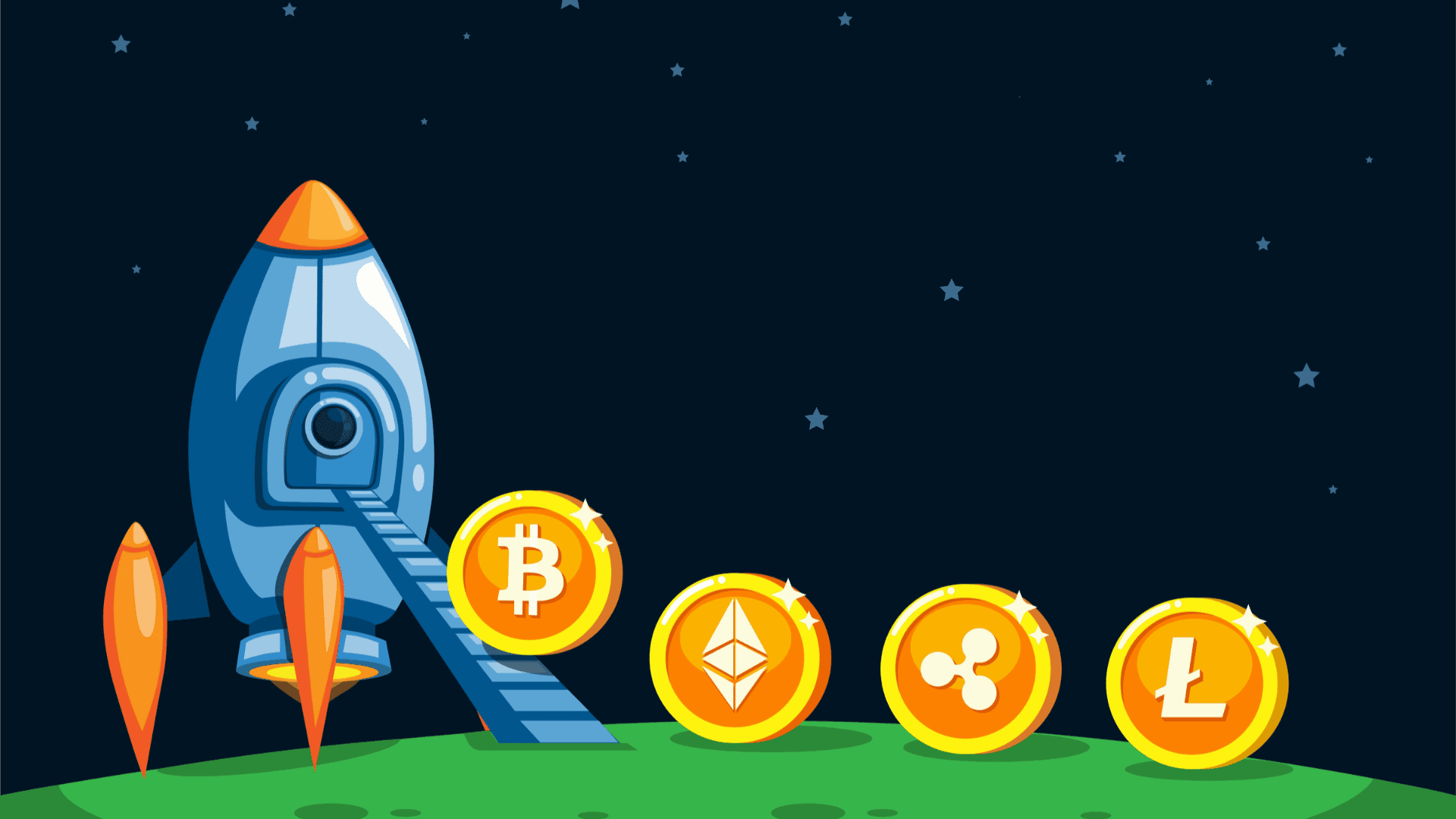Mining Ethereum involves the intensive use of computer processing power, as well as time. When a user’s processing power successfully completes a complex calculation on the Ethereum network, that person is rewarded with digital currency.
All of the transactions on the Ethereum network are embedded in blocks of data, and each block is linked to many others. This linking of blocks is known as the blockchain, and each one must be analyzed as quickly as possible in order to ensure that transactions run smoothly and on time. But the Ethereum developers don’t have anywhere near enough processing power to manage this process single-handedly, which is why they ask for ordinary computer users around the world to become “miners”.
Mining Ethereum involves a user providing time and processing power to the network. In exchange for this, the network gives the user coins or fractions of coins. The verification of digital transactions is what Ethereum mining is all about. This proof-of-work system verified and propagated blocks in the blockchain. However, a proof-of-stake system is likely to be introduced eventually, which is a timestamping method that involves a consensus being reached about a block by betting on it.
Many say that the fuel that runs Ethereum is Ether, which is the incentive for developers to create the very best and most efficient Ethereum-based applications.
The Science Behind Ethereum Mining
Miners use their computing power to repeatedly “guess” the answer to a puzzle. The guesses are made extremely quickly, and the first computer to guess correctly wins.
The block’s header metadata is run through a hash function — a process that returns a scrambled set of numbers and letters that appears to be completely random. Only the “nonce value” ever changes, which affects the eventual hash value.
The miner who matches a hash to the target is awarded Ether. The block is them broadcast on the network in order that all of the nodes can validate it — and add their own copy . When a miner “wins”, all the other miners automatically move onto the next puzzle.
It takes around 12 to 15 seconds for a miner to find a block. However, if the puzzles start being solved more quickly than this, an algorithm automatically makes each puzzle more difficult — taking the average solution time back to around the 12 second mark.
There is a randomness about which miners actually solve the puzzles and receive the reward. Overall profitability is reliant on a little luck, as well as the processing power being used. Mining Ethereum can often deliver unpredictable and erratic returns, which is why many people sign up to Ethereum mining pools.
An Introduction to Ethereum Mining
The main costs involved in mining Ethereum relate to the hardware, software and energy required for the process. The idea is that the miner sells Ethereum crypto coins once they’re successfully mined. But because the energy costs involved are relatively high, it’s always a good idea to use a mining calculator to see if the process is worthwhile. However, the intention of many miners is to hold onto the digital currency and wait for the market price to rise.
Almost anyone with a reasonably modern computer can get involved in Ethereum mining. However, in order to achieve any significant returns, the computer needs to have a graphics card (GPU) with at least 2GB of RAM. Unfortunately, mining with just a CPU isn’t worth the bother, given the high running costs, extended timeframe, and low returns.
It’s also worth checking that your system has at least 30GB of free hard drive space before starting. Most serious miners will buy all of the necessary components separately and create a mining rig featuring two or more powerful GPUs and a large hard drive.
Setting Up an Ethereum Mining Operation
The first thing you need to do is download Geth, which is the software required to link to the Ethereum network. This usually comes in the form of a ZIP file, which should be unzipped and stored on the hard drive.
Follow the installation instructions, and you’ll eventually be given your own password. Make a record of this, and continue to finish creating your account. The Ethereum blockchain will download and synchronize with the worldwide network. This process needs to complete before you can start mining, and how long it takes depends on the speed of your Internet connection.
Geth connects your mining hardware to the network, but to start mining you’ll need some dedicated software. This software helps the GPU to run the hash algorithm. There are several options available on the Internet, including Ethminer, MinerGate 1-Click GUI Miner and AlethOne.
Exactly how you install and operate the mining software differs from package to package, so it’s important to follow the instructions closely. You can then sit back and allow your hardware to do the hard work.
What Does the Future Look Like for Ethereum Mining
Ethereum could make the switch from proof-of-work mining to a proof-of-stake model at any time. The PoS algorithm ensures the network is secured by token owners. Distributed consensus with a proof-of-stake model requires fewer resources, which is bad news for miners.
Thanks to the global popularity of Ethereum, there are more miners on the network than ever before. As more and more miners continue to get involved, the difficulty of the mathematical puzzles (hashes) increases. It then becomes significantly harder to mine Ethereum.
As the hash rate increases, so does the level of processing power needed to solve these mathematical problems. More and more power is needed to drive the hardware involved, which has implications for energy usage. The longer Ethereum is mined, the harder it becomes to make any money from it. As time goes on, only the miners with the most powerful processing capabilities will be able to make a success out of Ethereum mining.
Ethereum has been working very hard to move from the energy-intensive proof of work system to a proof of stake approach. The change will occur with the ETH 2.0 upgrade, to be carried out through a process called Merge. The proof of stake transition will put an end to Ethereum’s current mining process once implemented. This means the Ethereum mining industry will be obsolete when the protocol moves to a proof of stake model. This transition is expected to reduce the network’s energy consumption by 99%
For now, time has definitely run out if you’re interested in mining this globally popular cryptocurrency.




